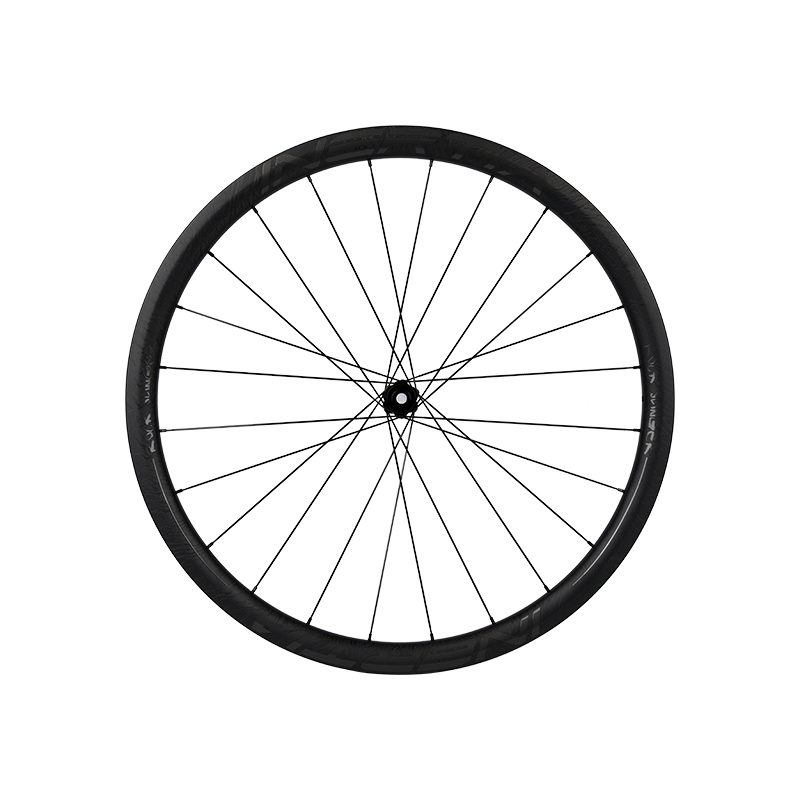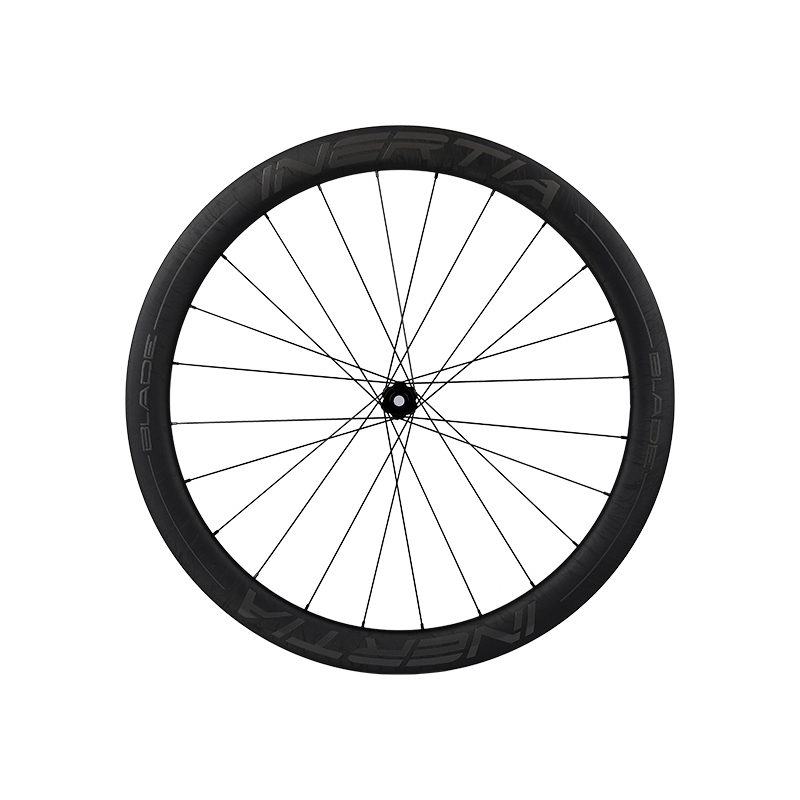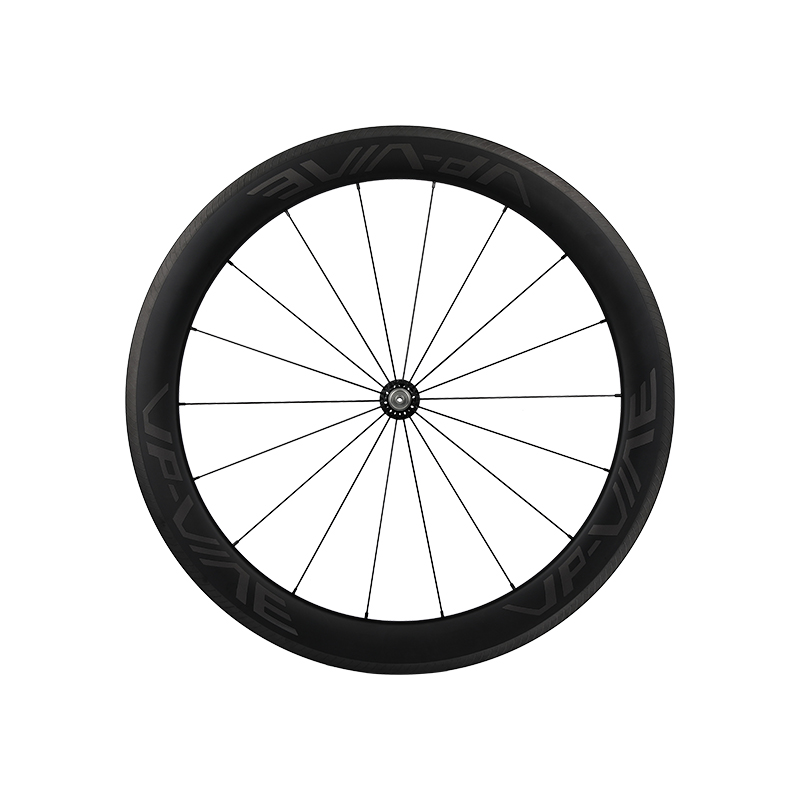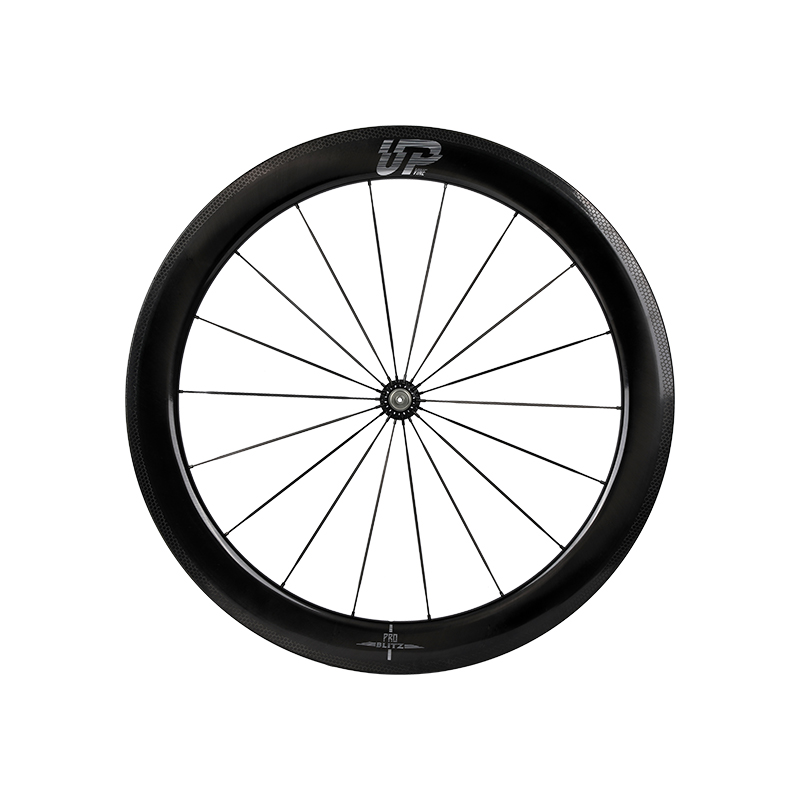At the heart of inertia wheels' significance lies their ability to enhance stability and handling. By harnessing the gyroscopic effect, inertia wheels contribute to keeping bicycles upright and steady, particularly during high-speed maneuvers and sharp turns. This inherent stability not only instills confidence in riders but also allows designers to push the boundaries of bicycle performance.
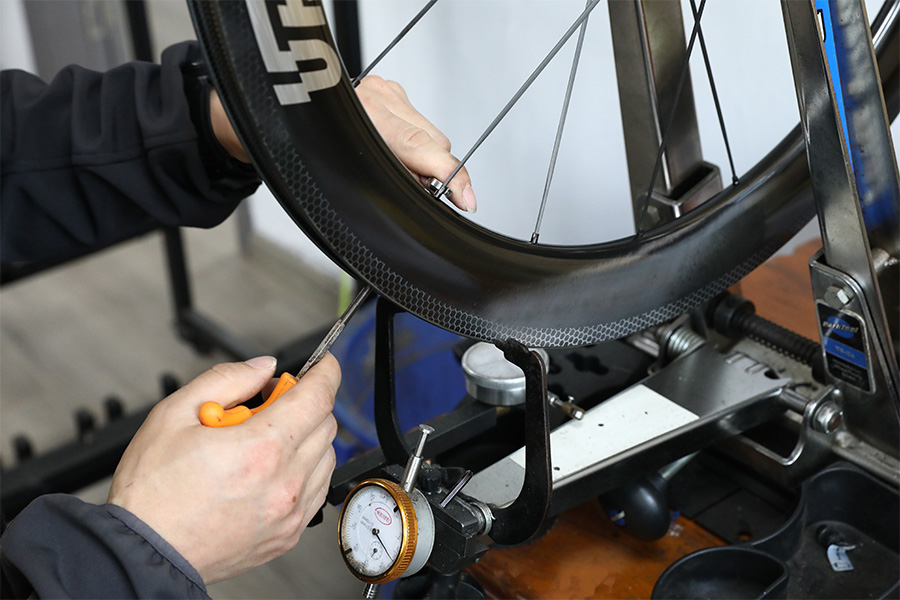
Inertia wheels serve as catalysts for technological innovation within the realm of bicycle design. Manufacturers continually explore advanced materials and manufacturing techniques to create inertia wheels that are lightweight, durable, and finely tuned to rider preferences. From carbon fiber composites to precision machining, these innovations push the boundaries of what is possible, driving the evolution of bicycle technology forward.
Moreover, inertia wheels offer a canvas for customization and personalization, allowing riders to tailor their bicycles to suit their individual needs and preferences. With options ranging from different sizes and shapes to specialized configurations, riders can fine-tune their bicycles to optimize performance, comfort, and aesthetics.
The integration of inertia wheels with other cutting-edge technologies further amplifies their impact on bicycle design. From electronic stability control systems to adaptive suspension setups, inertia wheels serve as linchpins in creating bicycles that offer unrivaled performance and versatility. This synergy between components elevates the riding experience, seamlessly blending stability, comfort, and efficiency into a cohesive whole.
In competitive cycling, inertia wheels play a pivotal role in shaping the landscape of racing. Manufacturers and teams invest significant resources in research and development to refine inertia wheel designs for maximum performance on the racecourse. By striking the perfect balance between aerodynamics, weight, and stability, these innovations give athletes a competitive edge, pushing the boundaries of what is achievable in the pursuit of victory.



 Español
Español
